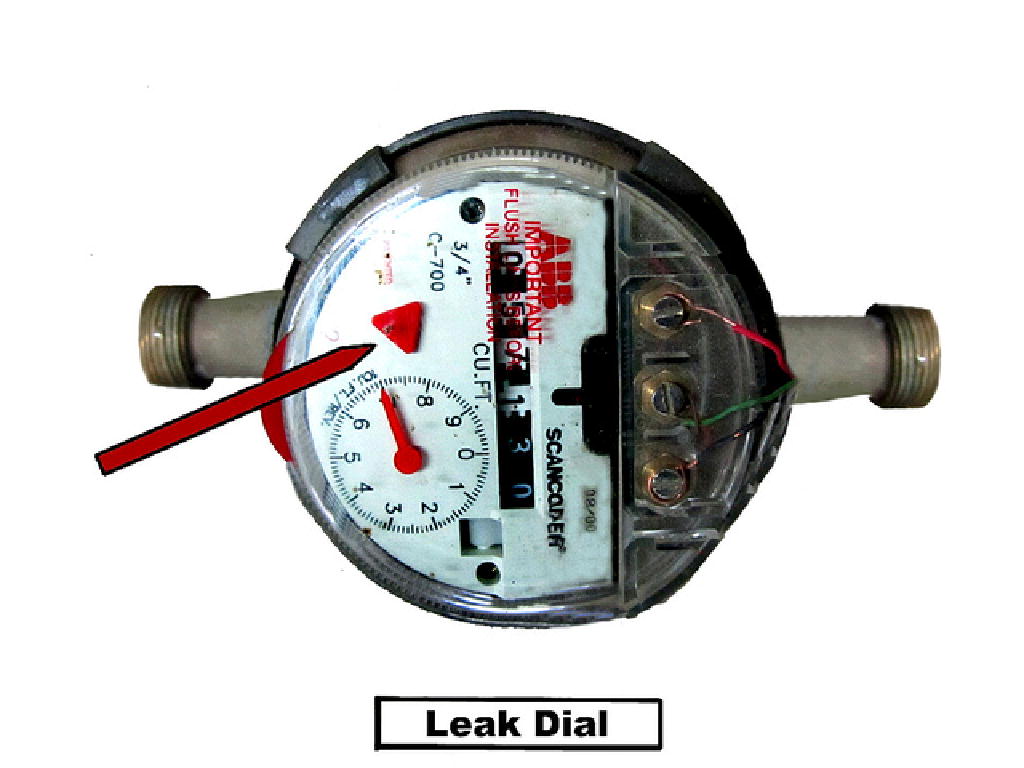Rusty Water
Possible causes of rusty water in the City’s water main include water main breaks, fire-fighting, and construction. Possible causes of rusty water on customer premises include bad plumbing (galvanized) or a bad heater.
To troubleshoot the cause of your rusty water, try running your water for 20 minutes. If it is still rusty, check with some of your neighbors to see if theirs is rusty also. If not, it could be your plumbing. Check to see if you have galvanized plumbing; this could be your problem. If your water has not cleared up after running tap water for 20 minutes, or if your neighbors’ water is rusty as well, call City Utilities Customer Support at (260) 427-1234.
Low Pressure
Possible causes for low water pressure in the City’s water main include major leaks, major fire-fighting, maintenance activities, and/or construction. Low pressure on customer premises could be caused because the main valve at the water meter is off or partially off, screens on faucets are plugged, or there are plumbing issues.
Have low pressure at home?
If the low pressure is at ALL the faucets throughout the house, check your main valve. This will be located next to your water meter, usually where your water service comes into the house. This valve is turned counter-clockwise to open. If all your faucets have little or no pressure and your main valve is on, call City Utilities Customer Support at (260) 427-1234. If you have low pressure on a certain faucet, there may be a separate valve under the sink that has been partially closed, or the screen on the end of your faucet may need to be cleaned or replaced. Sometimes the faucet itself may need repaired or replaced.
Water Leaks
Water leaks in your home or business can be annoying and costly. The sound of a faucet dripping or a toilet running in the night can mean your hard-earned dollars are slipping away down a drain. A water leak as small as a pinhead can waste about 25,000 gallons of water a month. That could mean an additional water and sewer cost of $130 on your City Utilities bill with no benefit to you.
Water leaks can be simple to find and fix—and the benefits to your pocketbook and your sleep can be huge! Before you call City Utilities, you can use the High Utility Bill Investigation Checklist as a starting point. Here are some additional tips and resources for finding and fixing water leaks.

Check to See if You May Have a Leak
Listen for the sound of running water. If you hear a sound like a toilet running when no water is turned on, you may have a leak.
Check for small puddles of water around appliances that use water such as the dishwasher or washing machine. If your house is on a slab and you feel a warm spot on the floor, that may indicate a leak. A discolored or moist area on a wall or floor could indicate a leak if nothing has been spilled there.
Read your water meter. Your water meter is a great tool for helping you determine if you have a water leak. Most water meters have a small red triangle that spins when water is going through the meter. Find your water meter and look at it when you are sure no water is being used in your home. If the red triangle is spinning and you know you are not using water, it is very likely that you have a leak.
Common Leak Locations
A constantly dripping faucet wastes about 15–20 gallons of water a day—water you pay for! If you have a faucet in an out-of-the-way place that you seldom use, check it regularly to make sure that it is not leaking.
Faucets usually drip or leak because the seals, washers, or O-rings inside are worn. Replacing the pieces that help seal the faucets is relatively easy and there are many on-line resources that can help you see exactly what to do based on your faucet brand and configuration.
Here’s just one video that shows you what to do to fix a faucet with two handles.
If you’re not a do-it-yourself type, you may want to call a plumber to do the job. You could save the cost of the repair in just a few months of lower water bills.
The toilet is the most common household water waster, but it may not be as noticeable as a dripping faucet. There are two main areas where toilets typically leak—flush valves and tank floats.
Toilet Flush Valves
At the bottom of the tank is a flush valve that opens when you flush to allow water to move from the tank into the toilet bowl. If this valve does not close completely after the flush, water can continue to flow slowly into the bowl. The siphon mechanism that makes the flush happen ensures that the bowl does not get too full and overflow. Your toilet may appear to flush itself from time to time. But this also means that water that leaks from the tank into the bowl will move into the sewer system. This water is being wasted.
To find out if the flush valve is leaking, put a few drops of food coloring into the toilet tank. Wait 10 minutes then look in the toilet bowl. If the water in the toilet is colored, the flush valve is leaking. Be sure to flush the toilet immediately after doing this test to be sure the food coloring does not stain the inside of the tank or the bowl.
A leaking flush valve can be repaired with advice and parts from a hardware or home improvement store. Learn more about fixing leaking flush valves (aka toilet flappers).
Toilet Tank Floats
Toilets may also run when the water level in the tank is too high because of a float that is not properly adjusted. The tank fills with water through a fill valve. The fill valve is controlled by a float which may look like a ball on an arm or like a plastic cup that floats up and down on the valve. When the water level in the tank gets too high, the excess water will escape through an overflow tube into the toilet bowl. Ideally, the water level in the full tank should be 1 to 1 1/2 inches below the top of the overflow tube. If the tank is getting too full, you need to lower the float level. On top of the fill valve, there will be a screw that attaches the float arm to the fill valve. You can adjust the height of the float by turning the screw. Turn the screw by quarter inches until the water level is correct.
A float cup on the fill valve is adjusted in much the same way. There will be an adjustment screw on the top of the fill valve. When you turn the screw, this will adjust the height of the float. Turn the screw a quarter of a turn counterclockwise to lower the float cup. Flush the toilet to see if the adjustment is correct. If the water in the tank is still too high, turn the screw another quarter of a turn.
Check outside taps to see if they are running or dripping. If the tap is leaking, it may need to have washers replaced. If you have left a hose running even a bit, you can waste thousands of gallons of water over the summer. Remember to turn off faucets tightly.
Broken pipes may be difficult to find especially if your pipes are located in a crawl space or within walls. Look for unexplained wet areas or water stains on walls. Broken pipes of leaking joints typically require a plumber to fix.
Check around you water heater to make sure it is not leaking. If you find water around the appliance you may have a leak from the drain faucet at the bottom or the top may have come unsealed.
High Bill, No Leak?
The City maintains the water line up to and including the service valve at the street. This valve is usually located in the right of way, or within the area between the sidewalk and curb (parkstrip). Any leak beyond this valve (commonly known as a curb stop) is up to the property owner to maintain.
If you have a high water bill and you are certain that you do not have a water leak, you may ask City Utilities to investigate by calling 427-1234. City Utilities will investigate to verify that your water meter is working properly. As a courtesy, City Utilities may help you identify leaks or plumbing problems, but ultimately it is your responsibility to identify and repair all plumbing problems. City Utilities may charge a service charge for an investigation and generally, City Utilities will only conduct a high bill investigation once in a twelve-month period with no charge to the customer.





